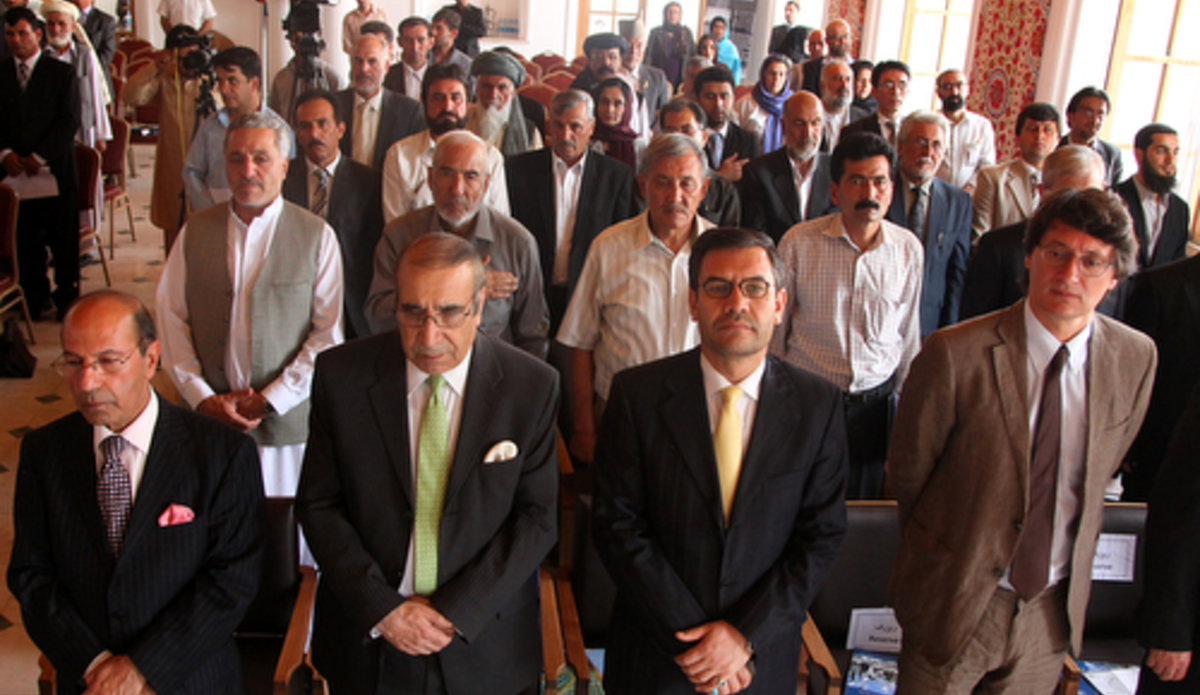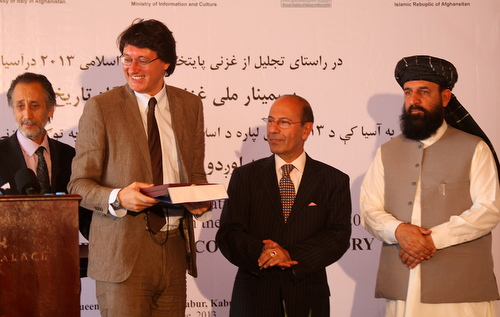Afghanistan’s ‘cultural heritage for peace-building’ highlighted at UN-backed conference
KABUL - Local and international officials and experts highlighted the importance of protecting Afghanistan’s rich cultural heritage for peace-building in the conflict-affected country, at a United Nations-supported conference in the capital, Kabul, on Wednesday.
At the conference, ‘Ghazni Through the Course of History,’ organized by the Government of Afghanistan and supported by the UN Educational, Scientific and Cultural Organization (UNESCO), the Afghan Minister for Information and Culture, Sayed Makhdoom Raheen, said the declaration of the south-eastern Afghan city of Ghazni, in April this year, as the Asian Capital of Islamic Culture for 2013 was a “big honour” for the country.
“Naming Ghazni as the capital of Islamic culture in the Asian region is a significant step for Afghanistan which, after hundreds of years, once again brought happiness to Ghazni residents,” added Mr. Raheen.
The event was one of a series of activities planned this year to highlight Afghanistan’s heritage, focused mainly on the city of Ghazni.
At a ceremony on 13 April in Ghazni, located in the province of the same name, and some three hours by road south of the capital, Kabul, the Islamic Educational, Scientific and Cultural Organization (ISESCO) – a Morocco-based body of Islamic countries created in 1981 to coordinate efforts in the field of education, science and culture – had declared the city as the Asian Capital of Islamic Culture. The move was supported by UNESCO and senior government officials from Afghanistan and other Islamic countries had attended the ceremony.
“The cultural heritage of Afghanistan could be an effective tool for peace-building and nation-building. It is important to continue discussions of Afghanistan’s heritage,” UNESCO’s Country Representative, Paulo Foltani, said in his remarks at the 26 June conference in Kabul.
Mr. Paolo Fontani noted that UNESCO has a long-term commitment to protect and preserve Afghan cultural heritage.
Italy’s ambassador to Afghanistan, Luciano Pezzotti, told the conference that his country will continue supporting the preservation of the country’s cultural and historical monuments.
“Afghanistan has a rich heritage,” said Mr. Pezzotti. “Over showed by decades of conflicts the historical sites need to be preserved.”
Italy provided funding to UNESCO to build a museum of Islamic arts in Ghazni.
Ghazni’s history is believed to date from 1500 BC, and was mentioned by Alexander the Great’s general Ptolemy in his later writing during the Hellenistic era. It was subsequently conquered by the Achaemenid King Cyrus II in the 6th century BC, and then incorporated into the Persian Empire stretching from present day Iran to India. Before the Islamic faith came to the region, sometime in the 9th century, Ghazni was also a centre for the Buddhist religion.
The city is also home to a range of cultural and archeological artifacts, including fragments of Buddhist statues and a Hindu shrine from the pre-Islamic period. Key monuments include the Mausoleum of Abd al-Razzaq, the tomb of Mahmud Ghazanvi (a military commander and champion of arts who ruled Ghazni from 998 to 1030), the minarets (or victory towers) of Bahram Shah, built in the 12th century, the palace of Mas’ud III and Ghazni citadel, among others.
Related article:
 UN
UN









